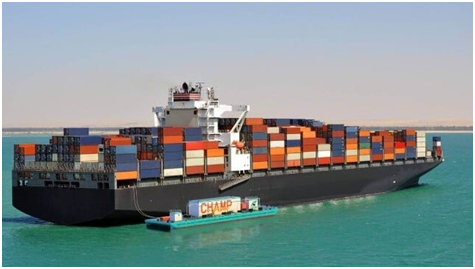
Seattle-based
naval architecture firm Elliott Bay Design Group (EBDG) has reached an
agreement with Wärtsilä to develop a barge-mounted cold ironing system that
runs on methanol. The
announcement confirms an arrangement the firms reached late last year.
EBDG's
Clean Harbor Alternative Mobile Power (CHAMP) system is designed to provide
auxiliary power in port, without grid infrastructure. The CHAMP barge runs with a clean-burning methanol-powered engine,
and can provide offboard electricity where conventional shore power is not
available. This allows the vessel to shut down its auxiliary engines and
reduce in-port emissions.
For the
port and surrounding community, this is an advantage from an air quality
standpoint, but also alleviates pressure on the local electrical grid. Merchant
ships can draw megawatt-scale loads, and delivering that much power often
requires costly grid improvements.
“We are
pleased to partner with Wärtsilä in bringing this innovative
patent-pending solution to the market. The CHAMP barge project represents
a significant stride toward tackling the most daunting challenges in curbing
port emissions,” says Mike Complita, Principal in Charge at EBDG.
CHAMP will use a Wärtsilä 32 engine
adapted to run on methanol, along with Wärtsilä exhaust treatment and
fuel-handling systems. It will be able to provide 6-16 MW of power, and
will be able to meet ships wherever they are in the harbor - whether alongside
the pier or at anchor. EBDG envisions a second role for the barge as a
recharging station for battery-electric harbor vessels, like tugs and small
workboats.
For the
operator, a floating power supply offers compliance advantages: it falls under
U.S. Coast Guard regulations, and does not need the permitting process required
for shoreside facilities. It is also designed to be compact - just 225 feet
long - in order to fit well into the harbor operations of America's busiest
ports.